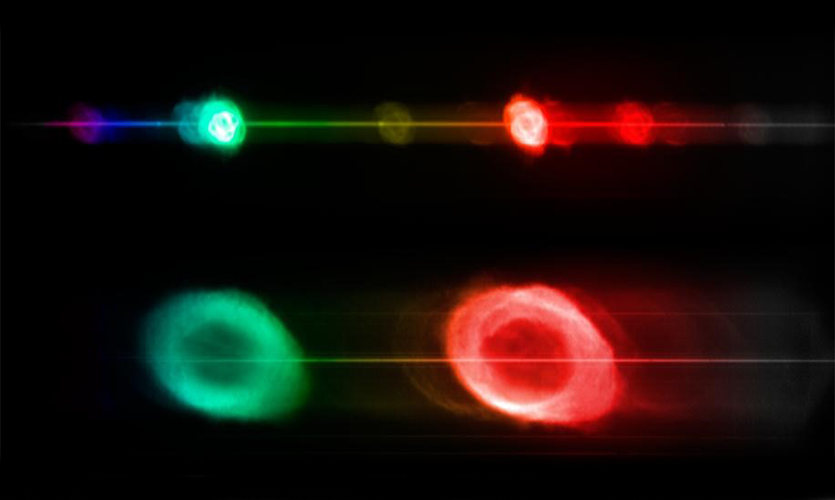Times Higher Award shortlisting for ‘star-shattering’ research project

New technology using Artificial Intelligence alongside the famous Liverpool Telescope (LT), has been shortlisted for a Times Higher Education Award for Research Project of the Year 2017.
The Liverpool Telescope (LT) is the largest robotic telescope in the world, and the scientists behind it, based at Liverpool John Moores University’s Astrophysics Research Institute (ARI), have designed and built a system that observes and classifies new stars with minimal human intervention.
SPRAT (SPectrograph for the Rapid Analysis of Transients) combines science, technology and outreach in a combination that is literally ‘star-shattering’.
The telescope and SPRAT together provide super-fast responses to cosmic phenomena. So far this has included contributions to the campaigns surrounding the first detection of gravitational waves ('ripples' in the fabric of space-time) and observations of a unique recurrent nova (an astronomical event that causes the sudden appearance of a bright, apparently "new" star, that slowly fades from view) in the nearby Andromeda Galaxy.
The importance of the recurrent nova discovery is that SPRAT witnessed annual thermonuclear explosions, when the expected time between explosions monitored in past research is usually thousands of years. The frequency of these explosive events means that it's very close to becoming a supernova, a much bigger and final bang.
The formation of Supernovae is a core questions in modern astrophysics since they are used to map the expansion of the Universe and so predict its eventual fate.
The success of SPRAT has been widely recognised in the astronomical community, and LJMU has recently received funding to develop a modular version of the instrument to be deployed on other telescopes around the world. It is also available as a teaching tool through the National Schools Observatory, LJMU's acclaimed and hugely successful STEM outreach endeavour.
2015/16 was a milestone year for the NSO: in December 2015 the 100,000th observation request was received from a schools user, and February 2016 saw the 10 millionth hit on the NSO website.


